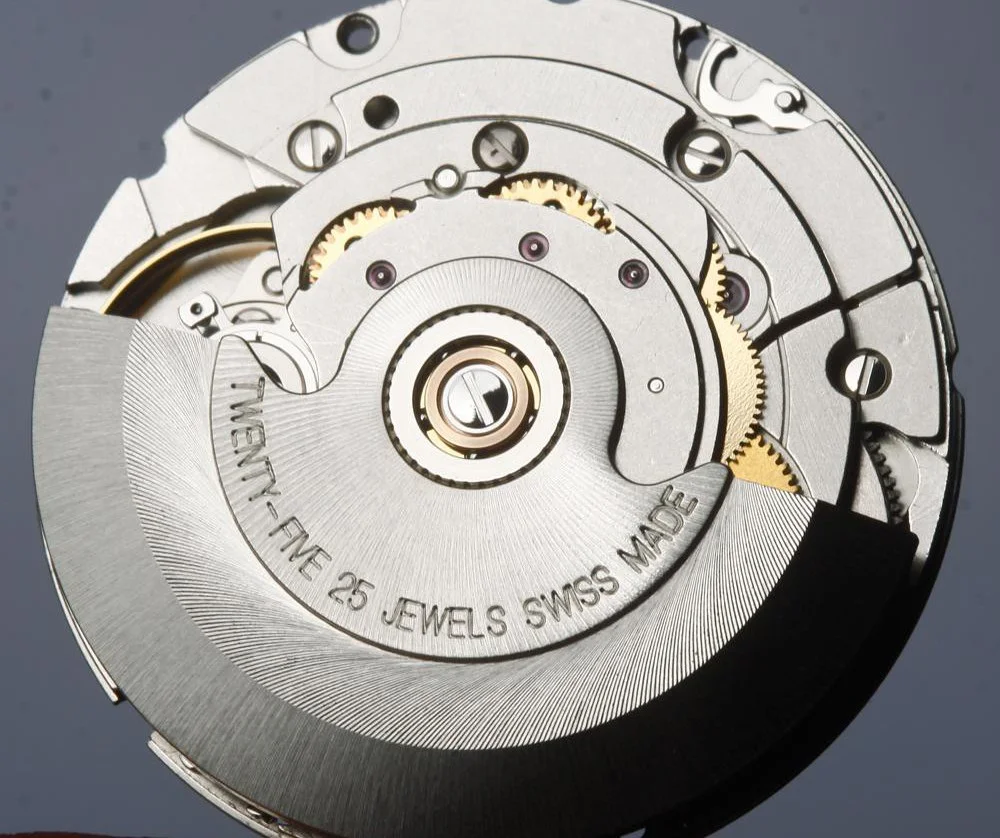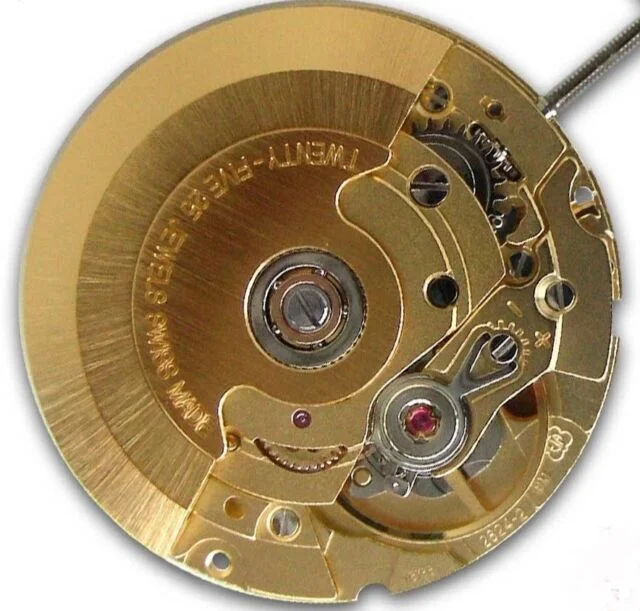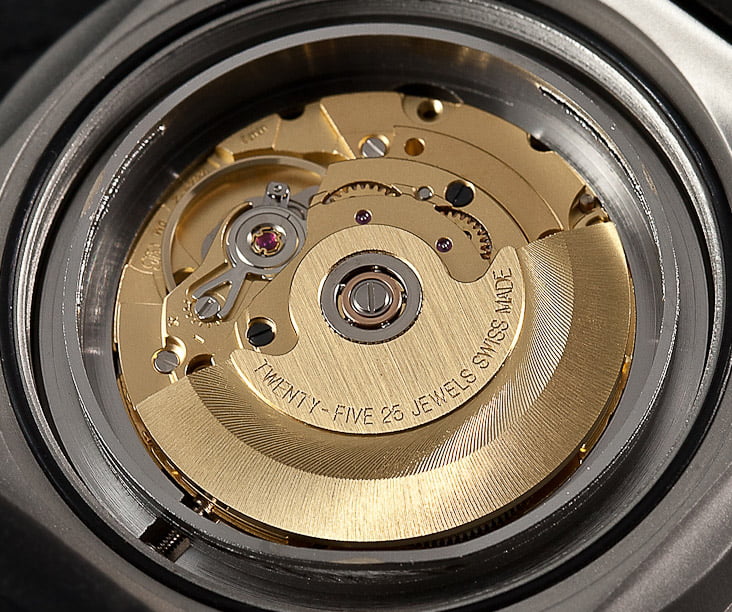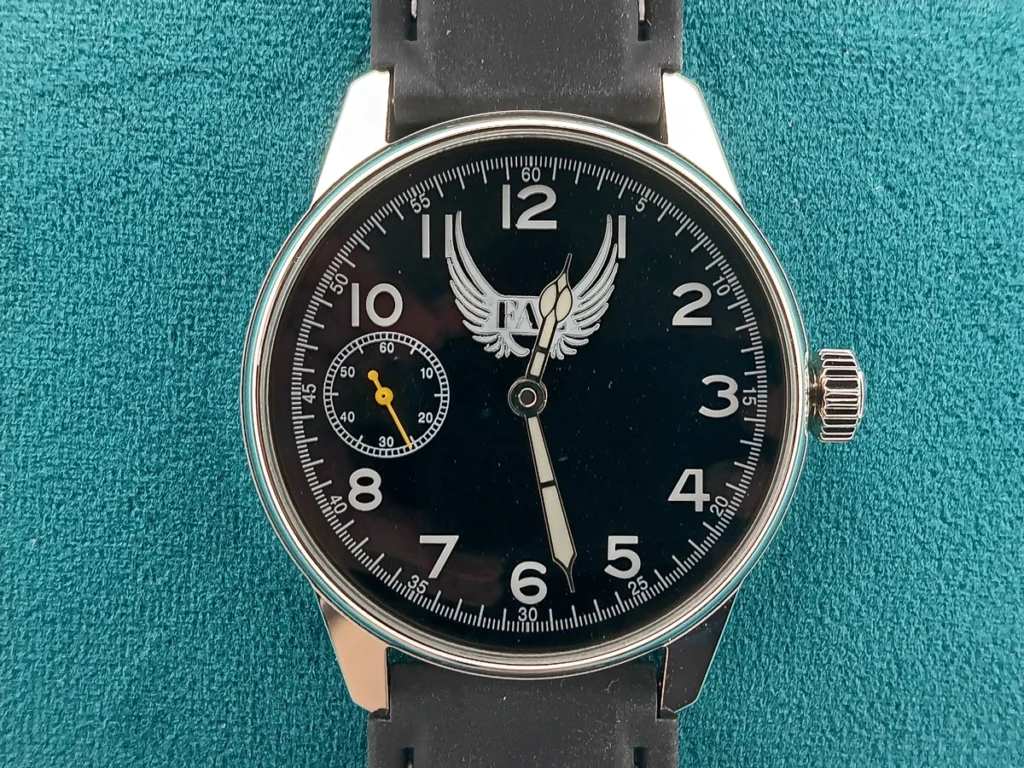
An automatic watch, also known as a self-winding watch, is a mechanical watch that is wound automatically by the movement of the wearer’s wrist. It works using a combination of mechanical and gravitational forces to keep time.

Inside an automatic watch, there is a small weight called a rotor that is connected to the movement of the watch’s gears. As the wearer moves their wrist, the rotor rotates and winds a mainspring inside the watch. The winding of the mainspring provides the energy needed to power the watch’s movement and keep time.
The movement of the rotor is controlled by a series of gears, including a winding mechanism that prevents the mainspring from being overwound. When the mainspring is fully wound, the winding mechanism disengages, preventing any further winding of the watch.

To ensure that the watch keeps accurate time, automatic watches also include a regulating mechanism, such as a balance wheel and hairspring, which control the oscillation of the watch’s gears.
Overall, an automatic watch works by using the movement of the wearer’s wrist to wind a mainspring, which provides the energy needed to power the watch’s movement and keep time. The movement of the watch is controlled by a series of gears, including a regulating mechanism, which ensures that the watch keeps accurate time.

FAE Pilot Watch – Made in USA
[embedyt] https://www.youtube.com/embed?listType=playlist&list=PL0yjSttXSF0W445vM5Yv0fMiHMChkpONX&layout=gallery[/embedyt]For the pragmatic watch owner, the FAE Pilot Mechanical Watch. The Heartbeat of FAE.